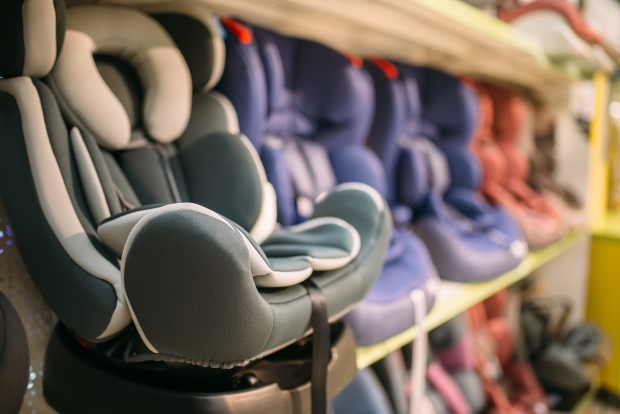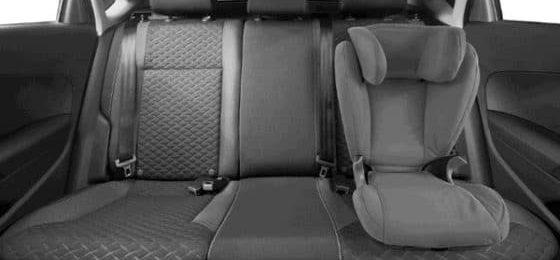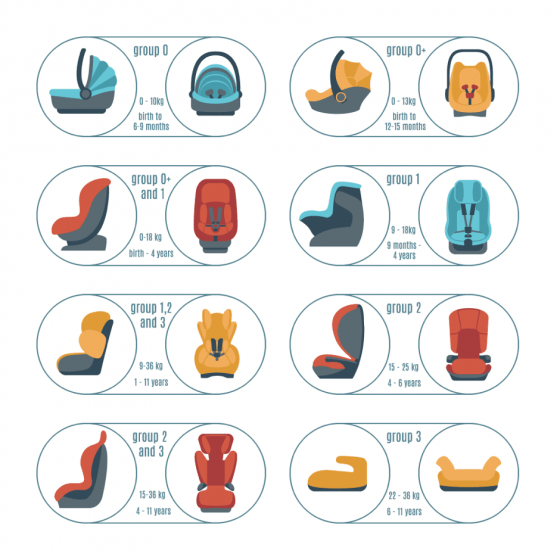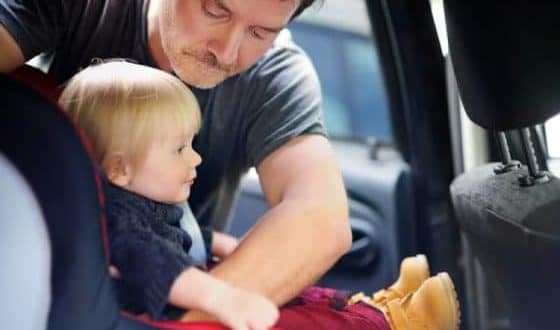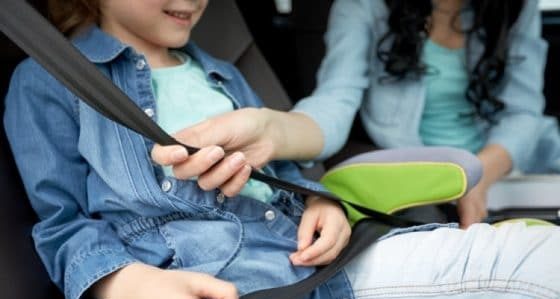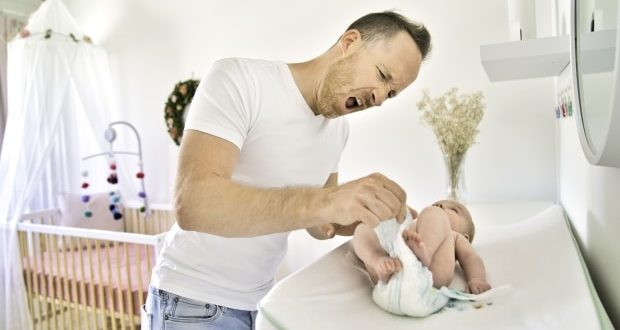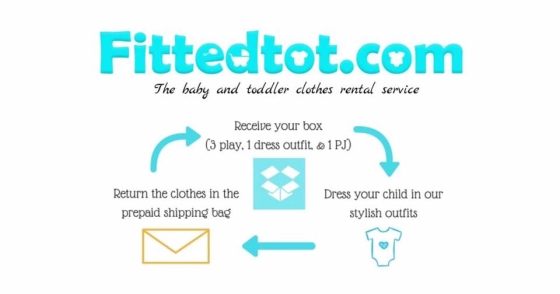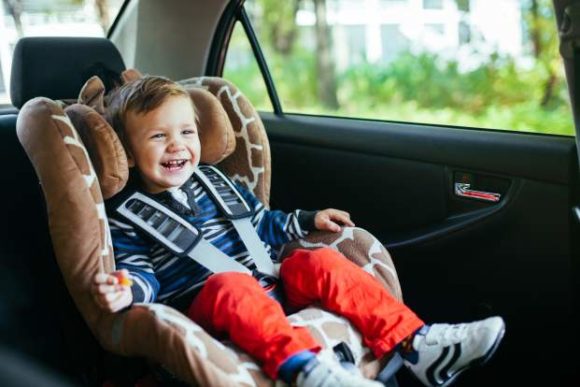A Complete Guide To Child Car Seats
There’s a lot of information online regarding baby and child car seats, and we have it all here for you in this all-encompassing and handy guide, which will hopefully answer any questions you may have on the topic.
Whether it’s finding out which car seat is suitable for your child, the rules for car seats, or how to properly clean them, this is the guide for you.
We ran a survey to find out how often parents were cleaning their child’s car seats and the results may make you feel a little unclean.
It will come to no surprise to anyone that child car seats can be filthy. Yet they are also a bit of a hassle to clean. Perhaps that’s why 44% of parents clean their child’s car seats less than once every six months, with one in ten parents admitting to only cleaning the car seat once per year and 1 in fifteen (16%) saying they never wash the child car seat.
Interestingly, it’s younger parents that are most fastidious. A full third of 18-24-year-old parents cleaned the child car seat once a week, which is way better than the one in five 25-44 age group.
What Happens When You Don’t Clean Your Child’s Car Seat Regularly
If you’re one of those parents who isn’t cleaning their child’s car seat regularly or is resorting to the occasional brush, you may be shocked by what is lurking in there.
We swabbed various parts of the interiors of cars to see what germs lie hidden from our eyes. While the steering wheels, hand brakes, gear sticks and center consoles/radios we swabbed all registered at between 10-20 Limit of Detection (LOD) for bacteria, the child’s car seat registered a massive 3,000 LOD.
The main bacteria found on the child’s car seat was ‘faecal streptococci’. If you’re wondering, yes that is ‘faecal’ as in ‘poo’, and it can cause bacterial pneumonia, ear infections, and bacterial meningitis.
If you’re one of those who find it hard to motivate yourself to clean the child’s car seat properly, perhaps you should take a look at our artist’s impression of what it would look like if you could see the germs?
How to Clean a Car Seat in Six Easy Steps
In order to keep your child away from harmful viruses caused by a build-up of bacteria, it’s vital to make sure you keep your child’s seat clean. Here are six quick steps for making sure your child’s seat is cleaned properly.
1. Remove the Seat
The first step is to remove the seat from the car. This is to ensure you can get into every nook and cranny, thus ensuring the best clean possible, which may not be doable if the seat remains in the car.
If this is the first time removing the seat since installation and you are unsure how to reinstall, it’s always good to take pictures over each stage of the uninstalling process, so you can refer to these when reinstalling.
2. Wipe and Vacuum Seat
Begin by removing as much grime as possible with anti-bacterial wipes and a vacuum cleaner. This will make the rest of the cleaning process easier.
3. Remove the Cover
Most child seats have removable fabric covers. Once removed these can usually be thrown into the washing machine for a thorough cleanse. Cotton covers are best washed at 6040 and are preferred for synthetics.
4. Clean the Seat’s Base
Using a mild detergent and a damp cloth or sponge, rub away all dirt and grime from the seat’s base then rinse well with water. Make sure when rinsing to alter the angle and direction of the seat so that none of the water collects.
5. Clean Buckles and Straps
Straps should not be put in the washing machine as it can degrade their strength, causing potential safety hazards. Instead, these should be cleaned using a soft cloth, warm water, and gentle soap. As for buckles, these are best treated by being dunked into warm water and then moved around to dislodge any dirt. Use a soft cloth for additional cleaning, if necessary.
6. Dry, Reassemble and Refit into Car Securely
Once thoroughly cleaned it’s time to reinstall the seat back into the car. Refer to the pictures taken when you dismantled the chair to see how to properly reinstall if you find yourself in any bother. Once reinstalled you can have peace of mind that your child is now free from any harmful bacteria on their next road trip.
What Are the Different Types of Child Car Seats?
Depending on your child’s height, weight, and age, you’ll need a certain type of car seat. Here are all the different types of child car seats
Child Car Seat Laws You Need to Be Aware Of
If you own a baby or child seat, it’s important that you know which type of seat is suitable for your child, as well as when children should be in certain chairs in order to keep them safely secured in the car. Read on for more information regarding the law surround car seats.
1. When Can My Child Stop Using a Car Seat?
Children must normally use a child car seat until they’re 12 years old or are above 135cm tall.
2. When Can My Child Face Forward in a Car Seat?
Height-based seats or i-Size seats must be rear-facing until your child is over 15 months old. After that, they can face forwards.
3. Which Car Seat Is Right for My Child?
The weight of your child depends on the type of seat they should use and how they must be restrained in it. Gov.uk gives the following guidelines:
Simple Steps for Choosing the Right Car Seat for Your Child
If you’re struggling to decide which car seat is best for your child, here is all the information you’ll need to make your decision.
1. Narrowing It Down
Narrow the selection down firstly by only selecting those that are right for your child’s age, height and weight. (Keep reading for a detailed description of how to find this). Also, consider which car(s) the seat will need to fit in to.
2. Compare Features
Picking the right seat for your child may come down to certain features you want to have, such as cup holders or detachable covers. You may have a preferred brand that you’ve heard positive things about or have tried before and, of course, it also depends on what your budget is.
3. Approved Seats
All car seats should be EU approved. You can check this by looking for the ‘E’ mark label on the seat.
4. Try Before You Buy
It’s important to make sure the seat fits in your car before taking a journey with your child, especially if he or she is newborn, as the hospital will not discharge you unless there is a car seat in place.
Some retailers have trained staff that will help you fit your chosen seat if you need help and if it doesn’t fit, they will recommend one that better suits your car. You can also check the car seat manufacturer guidelines and your vehicle information to make sure they are compatible.
Whichever type of seat you get for your child, it’s important to keep them safe at all times. Here are some tips for keeping your child safe and secure.
1. Never Buy Second-Hand Seats
You should never buy a second-hand child’s car seat. You will not know if it is truly functioning correctly and may cause your little one harm if the person selling was not being truthful about the quality of the product.
2. Regular Replacements
You should be replacing your child’s seat as soon as they have grown out of it and therefore moving to the next size up as soon as it is suitable. This ensures your child is safe throughout their growth until they’re ready to sit without the aid of a seat.
3. Installation
Take special care and attention when fitting your child’s seat. If this is not done properly, the seat will likely move during the journey, and if sudden braking occurs your child’s seat may become dislodged, potentially harming them.
4. Front Seat Airbag
If you’re using a rear-facing car seat in the front passenger seat, you must make sure the airbag is disabled or uninstalled. In the event of an accident, your child’s seat will likely be severely moved, again potentially harming your child.
If an older child is in the front passenger seat, make sure the car seat is moved back as much as possible. Front airbags are designed with adults in mind and can consequently be dangerous to your child.
5. To Be Used at All Times
No matter how short a journey is, there is no excuse for your child not to be in his/her seat. Similarly to airbags, seat belts are designed primarily for adults and if an accident occurs, your child may not be restrained adequately enough without the appropriate car seat.
6. The Two Finger Rule
When strapping your child in, it can be tempting to buckle them in too tightly. As a rule of thumb, you should be able to fit two fingers between the seatbelt and your child’s chest. If you can’t, it must be loosened slightly. However, if it is looser, then the seatbelt must be tightened.
7. Positioning of Restraints
Harnesses must be at the correct height in order to secure your child effectively. The top of the harness should be around 2cm above the shoulder. It should also be a forward-facing seat and 2cm below the shoulder for rear-facing seats.
8. Regular Checks
If you are on a lengthy trip, take regular stops to check the seat is firmly fastened down and the seatbelt/harness is still secure enough.
9. Never Modify Your Child’s Seat
If a car seat doesn’t perfectly fit your car, it needs replacing. Never modify your child’s seat to make it fit, as this could cause the seat to move or not function properly when needed.
10. Keep Flat
Finally, it’s good for newborns up to four weeks old to lie flat. During car trips over 30 minutes where your child is in a seat that elevates them, it’s good to stop regularly to allow them to stretch out.
If you’re struggling for space in your current car, why not take a look at our favorite family cars. If you’re new to leasing and want to learn more, we’ve got a range of guides to answer all of your questions. Here’s all you also need to know about car seat installation.

